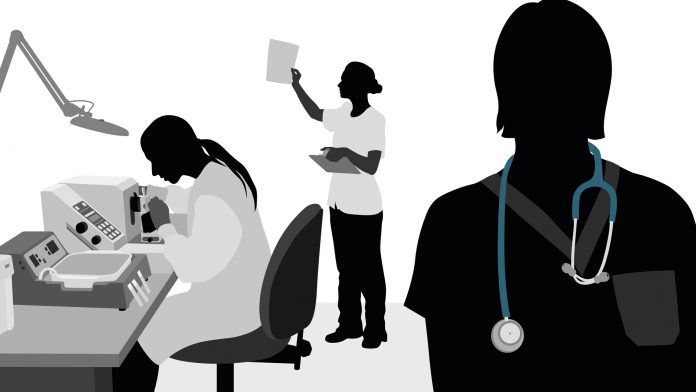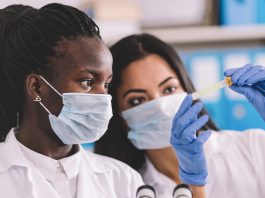Part one of Innovation News Network’s Inspirational Women in STEM series discusses Dr Laura Harkness-Brennan’s experience as a female physicist, addressing gender equality in physics.
Dr Laura Harkness-Brennan, a reader in nuclear physics at the University of Liverpool, is an expert in developing techniques for gamma-ray spectroscopy and imaging, leading a talented and enthusiastic research team of PDRAs and PhD students. She has secured funding of ~£3M as PI over the past five years and has published research in using semiconductor sensors for diagnostic and dosimetric imaging systems. Harkness-Brennan has authored a book named, ‘An introduction to the physics of nuclear medicine’, as part of the IOP Concise Physics Series.
Laura Harkness-Brennan’s research at the University of Liverpool traditionally focuses on gamma-ray spectroscopy and imaging. Recently, her expertise in this area has led her to become the principal investigator and lead of the STFC-funded Cancer Diagnosis Network+.
Harkness-Brennan’s work in nuclear physics gives her a unique insight into the world of cancer diagnosis technology. The collaboration of non-medical and medical researchers is the leading driver of the STFC Cancer Diagnosis Network+, and this international and interdisciplinary collaboration could be the missing link in developing new and improved cancer diagnosis technologies.
In a recent interview with Innovation News Network, Harkness-Brennan discusses her experience as a female physicist.
A recent study, by the National Research University, Russia, suggests that gender stereotypes are one of the leading deterrents for women pursuing STEM careers. Have you ever been discouraged to pursue your career due to gender stereotypes?
I wouldn’t say that I have been actively discouraged to pursue a career in STEM due to gender stereotypes, however it would be fair to say that I hadn’t been actively encouraged either.
When I was at (an all-girls) school I enjoyed a wide range of subjects, and went on to study English Literature, Mathematics and Physics at A-Level. When I said I would like to study physics there wasn’t much precedent within the school for that and careers guidance were more focused on other options.
Careers advisers thought this would lead to a career in secondary school teaching and it is a shame that there was no wider vision for opportunities in STEM. I believe that this is changing now as I regularly talk to teachers from around the UK who are working hard to show the possibilities available to everyone.
Are there any female physicists that inspired you to pursue your career in STEM?
Dame Jocelyn Bell Burnell is a huge inspiration as she was a physicist born in Northern Ireland, like myself. She continues to inspire me and many others in STEM and plays such an important role in encouraging greater diversity, such as through the IOP Bell Burnell Graduate Scholarship Fund.
However, the most important person to encourage me to study physics was my male secondary school physics teacher. These “on the ground” role models and champions are the foundation to building a more diverse workforce in STEM.
According to New Scientist, just 17% of physics lecturers are female and 93% of professors are male. Has this figure been reflected in your places of work, if so, how has it affected you?
At the University of Liverpool, 16% of our physics lecturers/senior lecturers/readers/professors are female, so the statistics are too small to make comparisons across the different career stages. However, 85% of our professors are male, which is a little better than the New Scientist figure.
When I started my role there was only one female physics professor (4%) and at that time I couldn’t imagine myself ever being in that position. I have recently been promoted to reader in nuclear physics, so professor would be the next career stage for me and it does feel much more achievable now. However, much more needs to be done locally and nationally.
As the leader of the STFC Cancer Diagnosis Network+, how are you and your colleagues working towards ensuring gender equality?
The management of the STFC Cancer Diagnosis+ network is unusual in physics because not only does the project have a female PI but we have more female members on our leadership team than male. We are committed to upholding equality of opportunities when operating the Network+ and several of the leadership team have a track record of active work in gender equality. We continuously monitor the pathway of funding applications to the network in order to identify and resolve any evidence of bias.









